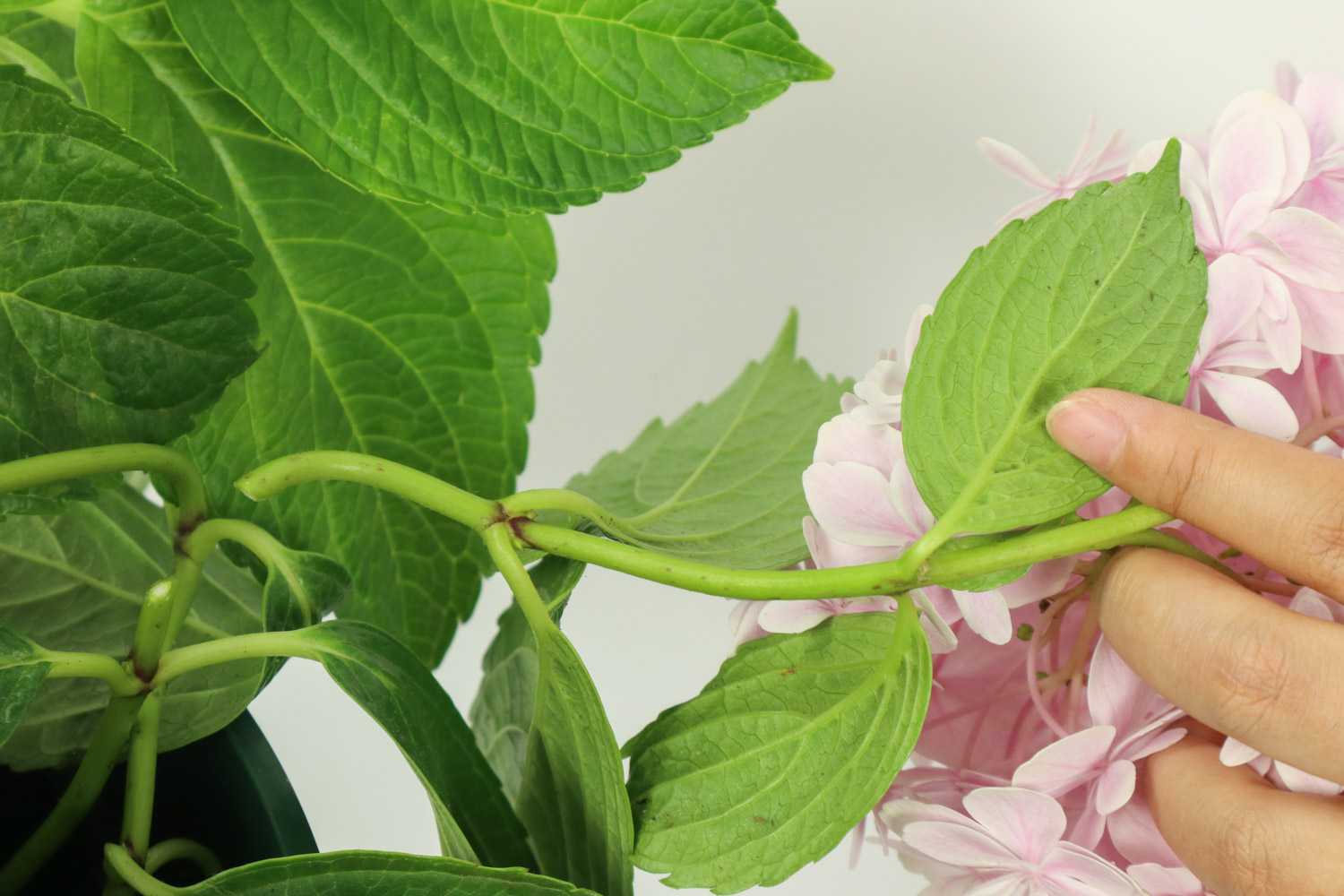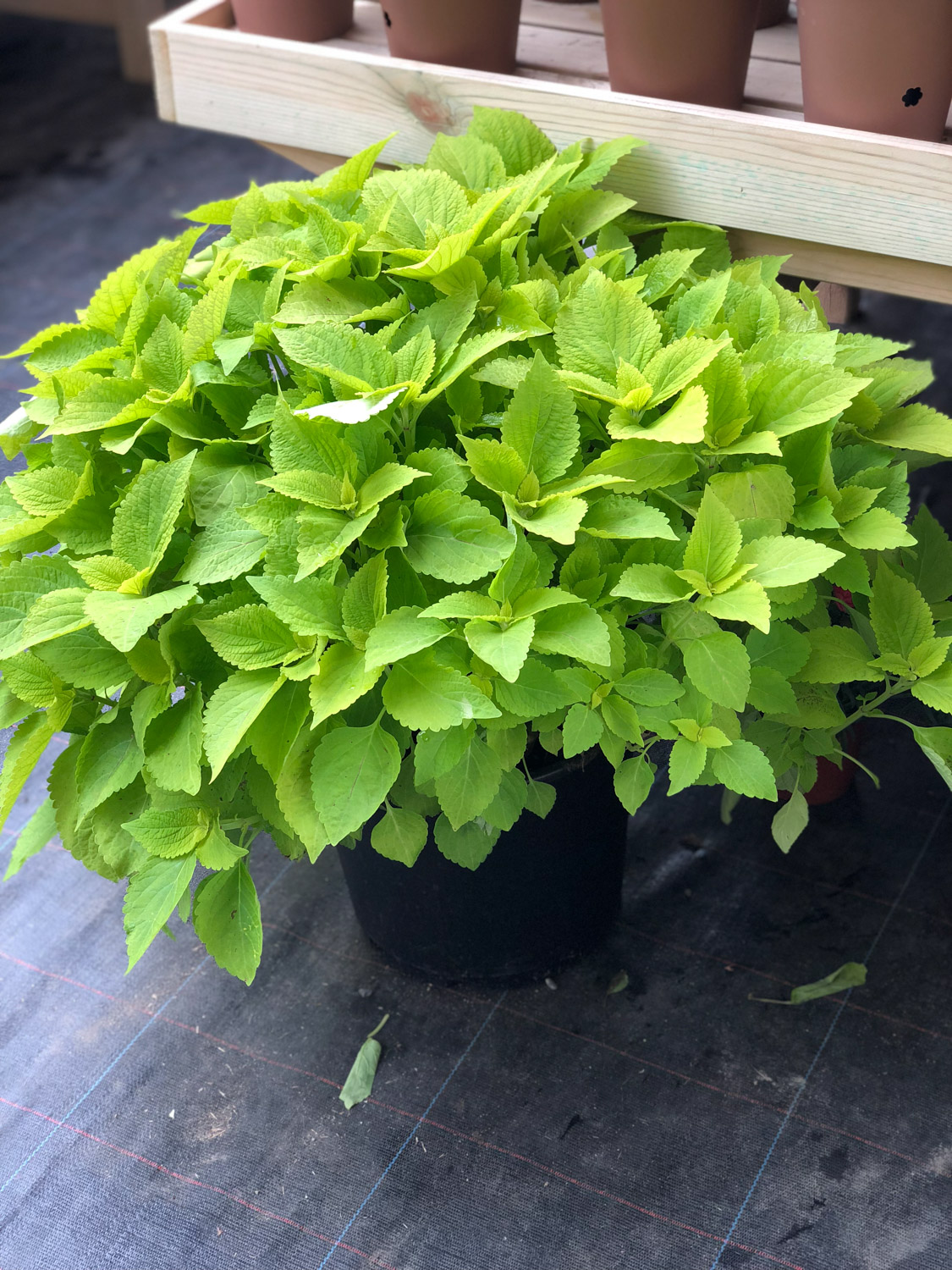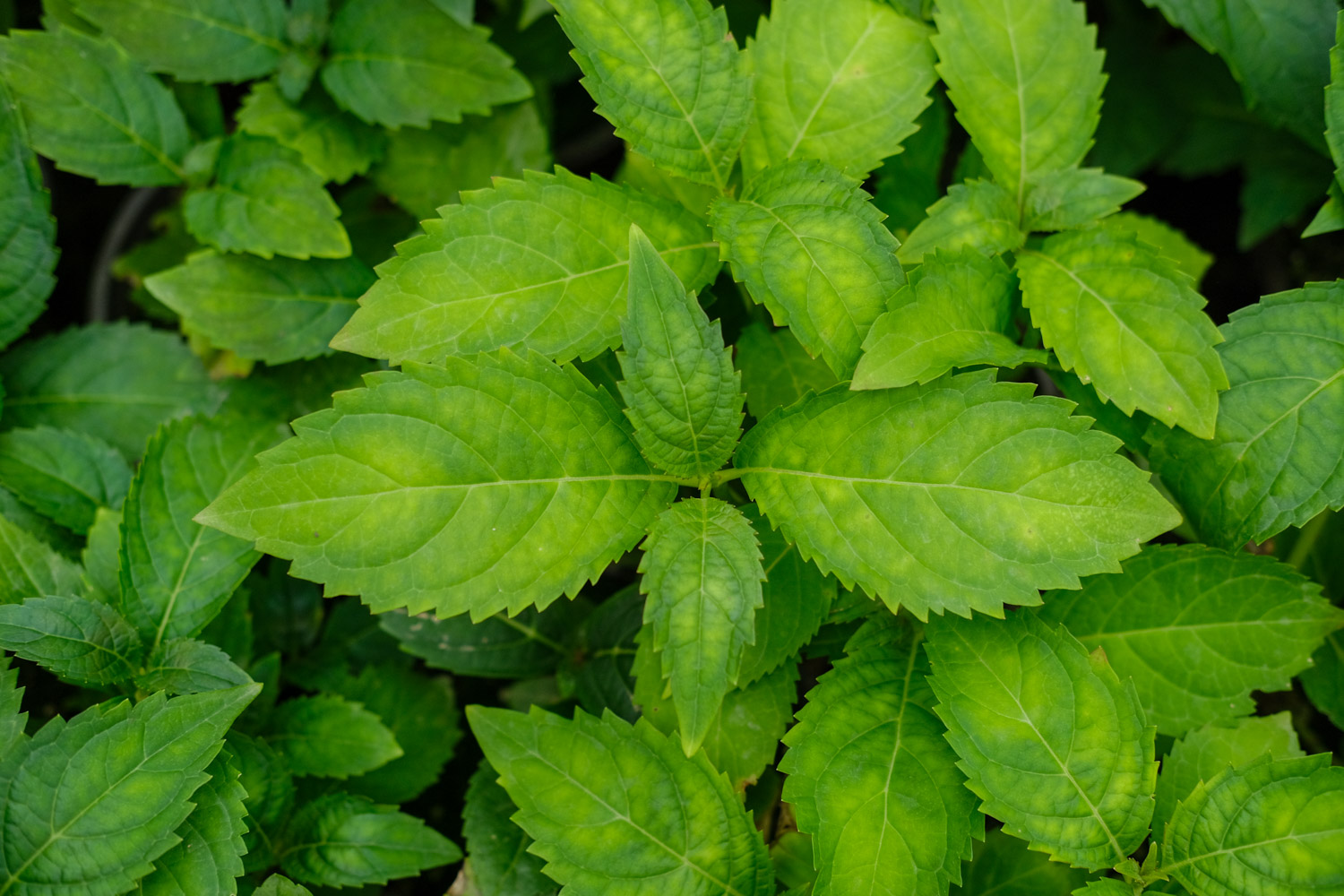1、 Breeding environment
1. Soil: Hydrangea likes the soil rich in humus, and the slightly acidic soil with good drainage is the best
2. Temperature: the temperature suitable for Hydrangea growth is 18-28 ℃, 20 ℃ is conducive to flowering and growth, and the minimum temperature shall not be lower than 5 ℃
3. Moisture: sufficient moisture can make Hydrangea grow faster, but there should be no ponding. When the temperature is high and the weather is hot, spray some water on the ground or around to improve the humidity of the air
4. Fertilization: in its vigorous growth period, it is necessary to give Hydrangea sufficient nutrients, and apply rotten thin cake fertilizer and water every 15 days, which can make it bloom larger and promote its better growth

2、 Breeding method
1. The cuttings should be kept warm for about 3-5 months after the Spring Festival, and the cuttings should be planted in the shade for about 3-5 months. The cuttings should be kept warm for about one month
2. Layering propagation: when layering, cut the part buried in the soil, bury it with soil for about 2-3cm, cover it with a layer of soil, compact and water it and cover it with a layer of film, and it will take root in a month. When the exposed part of the layering is pumped into new branches, it can be properly watered with fertilizer and water for better growth

3、 Common diseases and insect pests
1. Common diseases: powdery mildew and leaf spot. Pay attention to ventilation. The basin soil should not be too wet. Remove the diseased leaves in time to reduce the chance of infecting healthy leaves. It can be sprayed with 600 times of 65% mancozeb wettable powder
2. Common pests: aphids and bugs can be sprayed with 1500 times of 40% Omethoate EC


 how many times do yo...
how many times do yo... how many planted tre...
how many planted tre... how many pine trees ...
how many pine trees ... how many pecan trees...
how many pecan trees... how many plants comp...
how many plants comp... how many plants can ...
how many plants can ... how many plants and ...
how many plants and ... how many pepper plan...
how many pepper plan...





























